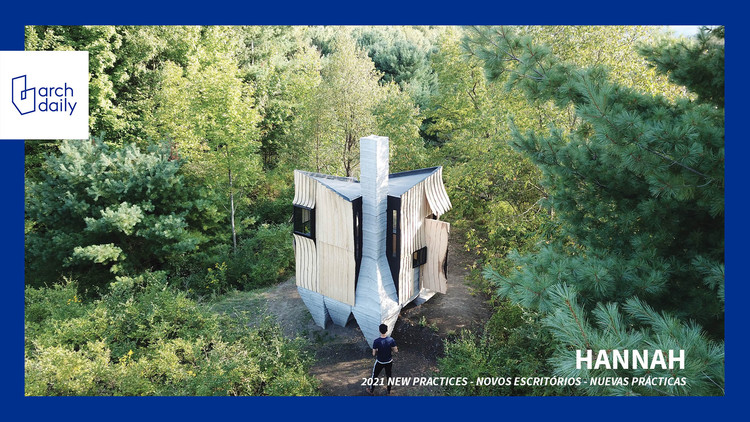For its 60th and first post-pandemic edition, the Salone del Mobile.Milano was back in full force following two years of setbacks and alternations between digital and physical events. The week-long exhibition, which welcomed over 262,000 visitors from across the world, highlighted the opportunities of environmental consciousness, inviting designers to adopt and reinforce the values of sustainability in the long term, support the protection of human rights, and promote environmental responsibility through design.
One of the most anticipated installations within the Fiera was a centerpiece by Italian architect Mario Cucinella titled “Design With Nature”. The large-scale installation demonstrated the various ways people can improve their relationship with nature, inviting visitors to eat, drink, converse, and work in a piazza-inspired space. During Milan Design Week, ArchDaily had the chance to speak with the architect to discuss the concept behind his installation, the relationship between the city of Milano and Salone, and the importance of valuing our natural resources.








































































